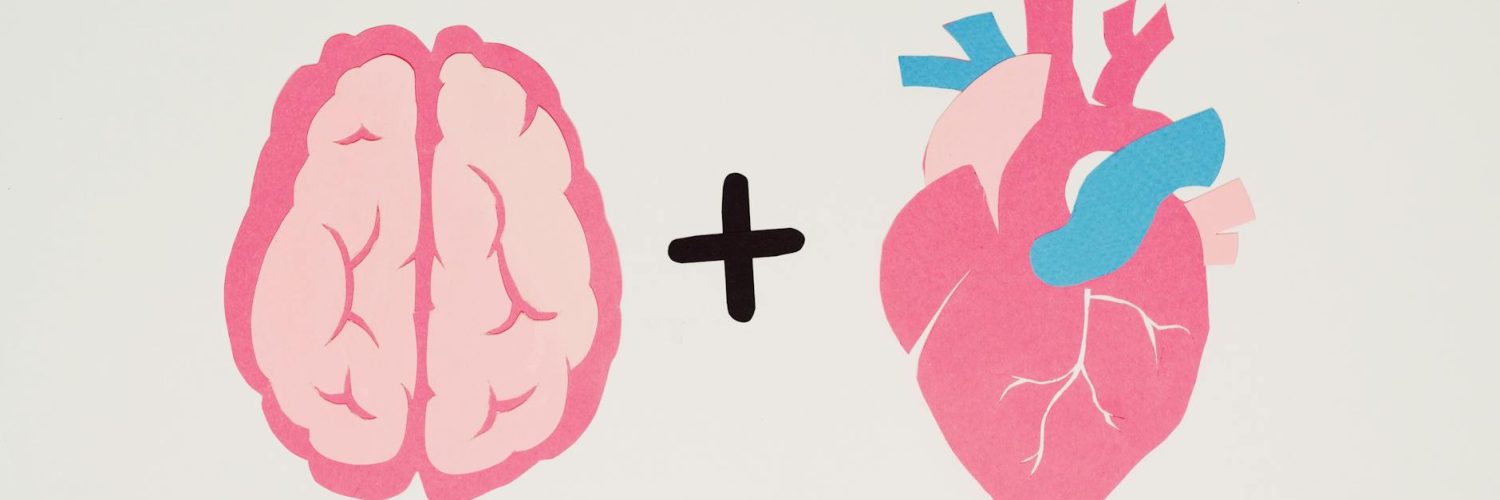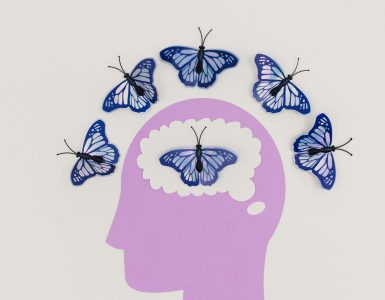We like to think of ourselves as rational beings, making conscious, deliberate choices. But the truth is far more fascinating – and often, far stranger. Our minds are intricate machines, riddled with shortcuts, biases, and hidden patterns that subtly shape our thoughts, feelings, and actions. Let’s delve into some of these fascinating quirks, exploring how they influence our everyday lives.
The Power of Priming: The Invisible Hand Guiding Our Choices
Imagine you’re walking through a supermarket. You’re not particularly hungry, but as you pass the bakery section, the aroma of freshly baked bread fills the air. Suddenly, you find yourself reaching for a loaf, even though you hadn’t planned on buying one. This seemingly random act is a powerful example of *priming*. Exposure to a specific stimulus (the smell of bread) unconsciously influences subsequent thoughts and behaviors (buying bread).
Experiments have shown the remarkable reach of priming. In one study, participants exposed to words related to politeness were more likely to help someone in need, while those primed with words associated with rudeness were less helpful. It’s like our brains are constantly being subtly nudged in certain directions, without us even realizing it.
Cognitive Biases: The Mental Shortcuts That Can Lead Us Astray
We’re constantly bombarded with information, so our brains have developed mental shortcuts – *cognitive biases* – to help us process it more quickly. However, these shortcuts can lead to systematic errors in judgment. Consider the *confirmation bias*: we tend to seek out and interpret information that confirms our existing beliefs, while ignoring evidence that contradicts them. This explains why people may cling to conspiracy theories or stubbornly refuse to change their minds even in the face of overwhelming evidence.
The *availability heuristic* is another common bias: we tend to overestimate the likelihood of events that are easily recalled, often because they are emotionally vivid or recently experienced. For instance, after seeing a news report about a plane crash, we might be more fearful of flying, even though statistically, air travel is incredibly safe.
The *anchoring bias* illustrates how our initial judgments can powerfully influence subsequent decisions. Imagine you’re negotiating the price of a car. The seller starts by quoting a high price. Even if you eventually negotiate a lower price, that initial high anchor will subconsciously influence your perception of what is a “fair” price.
The Bystander Effect: Why We Don’t Always Help When We Should
In 1964, Kitty Genovese was murdered in New York City while numerous witnesses observed the crime without intervening. This tragic event led to research on the *bystander effect*, which reveals that the more people who witness an emergency, the less likely any single person is to help. This happens because responsibility diffuses among the onlookers; everyone assumes someone else will take action.
Experiments have consistently demonstrated this effect. People are more likely to help in an emergency when they are alone than when others are present. The crucial takeaway is that our behavior in social situations is heavily influenced by the presence (or absence) of others.
The Power of Social Proof: Following the Herd
Humans are inherently social creatures. We are strongly influenced by what others do. *Social proof*, the tendency to conform to the actions of others, explains why fads spread so rapidly and why we often choose products or services simply because they’re popular.
Think about the way you choose restaurants. A restaurant brimming with customers often feels more appealing than an empty one. This is social proof in action. We assume that a popular establishment must be good.
The Halo Effect: One Good Thing Leads to Another (Or Does It?)
Have you ever met someone attractive and immediately assumed they are also intelligent and kind? This is the *halo effect* in action: our positive impression of one trait (attractiveness) spills over to influence our perceptions of other, unrelated traits. The opposite is also true; a negative first impression can lead us to assume other negative qualities.
The halo effect can significantly affect our judgments in a variety of contexts, from hiring decisions to political endorsements. It’s a reminder that first impressions, while important, are not always accurate.
Conclusion: Embracing the Intricacies of the Human Mind
Understanding the hidden patterns in human behavior is not about reducing people to predictable automatons. Rather, it’s about acknowledging the complex interplay of conscious and unconscious processes that shape our actions. By recognizing these cognitive biases and social influences, we can make more informed decisions, improve our interactions with others, and ultimately, gain a deeper appreciation for the remarkable, and often unpredictable, nature of the human mind. It’s a journey of self-discovery, leading us to a deeper understanding of ourselves and the world around us.

























Add comment